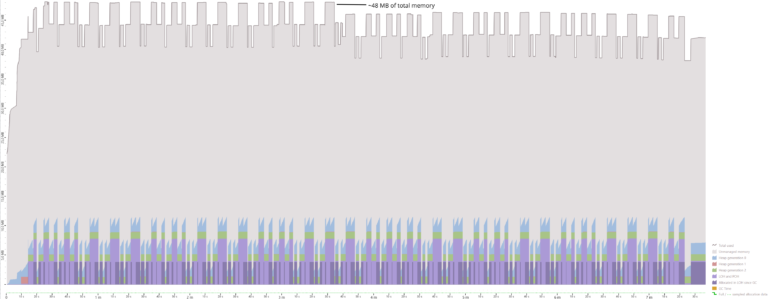Advanced ASP.NET Core Web APIs: testen und dokumentieren – aber richtig!
Jeder baut Web-APIs, oder? Leider ist es nicht damit getan, ein neues Projekt zu erzeugen, ein paar Controller zu implementieren und dann sein Web-API zu deployen. Zum einen sollte es vernünftig dokumentiert werden, damit die Entwickler, die mit unserem API arbeiten müssen, auch wissen, was es kann und wie es funktioniert. Zum anderen sollten wir selber auch sicherstellen, dass unser API das tut, was es soll. In dieser Session zeigt Ihnen Sebastian Gingter, wie man diese beiden Fliegen mit einer Klappe schlagen kann. Mit Hilfe von Open API/Swagger erzeugen wir erst eine umfassende, ständig aktuelle und lebendige Dokumentation unseres APIs. Im zweiten Schritt generieren wir aus dieser Dokumentation auch gleich Tests für das API-Test-Tool Postman, die wir dann mit etwas JavaScript Testcode anreichern und diese sogar als automatisierte Integrationstests laufen lassen können. Web-APIs jenseits von Hello World, mit viel Projekterfahrung.
Event

Slidedeck
Aufzeichnung
Hallo, .NET Developer!
Du begeisterst Dich für .NET-basierte Cloud-Native-Lösungen?
Du möchtest, dass Deine Expertise zum Einsatz kommt und von einer Expertenschaft gechallenged wird? Du weißt, dass nur durch Research auch während der Arbeitszeit neue Technologien erlernbar sind und erst damit Innovation möglich wird?
Weitere Artikel zu .NET Core, Microservices


Data Access in .NET Native AOT with Sessions


Native AOT with ASP.NET Core – Overview


Incremental Roslyn Source Generators: High-Level API – ForAttributeWithMetadataName – Part 8


.NET 7 Performance: Regular Expressions – Part 2
In this second article of our short performance series, we want to look at the latter one of those problems.


